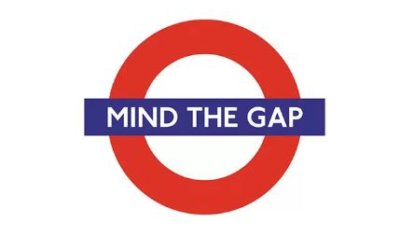In an interview for an upcoming book, the author asked me to characterize the nature of private higher education at this time. It just so happened that a colleague had asked the same question about a week ago, affording time for reflection.
My response is that one of three profiles typify today’s institutions; investing, harvesting or hoping.
Investing institutions recognize that change is occurring at a more rapid pace today than ever before. Initiatives are planned for new programs, new promotional activities, improved facilities and continual shedding of whatever is not working. Budgets accommodate investing activity, recognizing that some initiatives will not work, costing money in the meantime before bestowed with the gift of extermination. These places mimic best practices of other great organizations that are constantly in the process of reimagining and reinvention.
How many are characterized by the investing mindset? Too few, in our observation. Those who are, however, are the pioneers that others emulate years later. Watch out for them!
Harvesters often report a stable enrollment, with many in this category bolstered by strong endowments and a reputation for being more selective. Their historic excess demand feeds an aversion to change and, so far, most have been exempt from the ravages of market transitions. The challenge for these schools is complacency. Changes in their target segment tend to occur over a generation or more, making it difficult to adjust in time when the market has moved in a new direction during the intervening years. These institutions continue to provide competitive compensation to faculty and staff while enjoying the sustainability of predictable incoming classes, even though prices keep climbing beyond inflation.
They can’t expect to continue this business model forever but, for now, it seems to allow continuation. Stay tuned.
Hope represents the primary strategy of group three. With a selectivity level approaching open enrollment, the sense of “equivalence” by the inquiry pool leads to pressure on net prices. Demographic and regional economic stress appear to be driving down demand. Too many react with discount escalation, yielding lower revenues per student in the face of an unsustainable enrollment plateau or a continued trend downward. Student to faculty and student to staff ratios hit historic lows as the numerator shrinks. The annual ritual of budget cutting stems the challenge initially, until fixed operations make up too much of the remaining budget to allow further reductions to discretionary lines.
These institutions are hoping for a miracle and focus attention on incrementally new markets (foreign students, sports, honors programs, aid spiffs to non-reached students etc.) while the needs of their core enrollment – what we at CFO Colleague call “the Peleton” remain unaddressed. This play doesn’t have a third act
The key for all institutions is to become consistent investors, meaning that cutting to merely balance the budget is not going to fix the problem. This is true for harvesters and hopers alike. Initiatives must make you more appealing to the Peleton and room has to be made for investments that don’t pan out or are the one in ten that do.
Our work has found a handful of true investors, a number of harvesters and too many of those whose strategy can only be described as one of hope.
Where do you fall?



